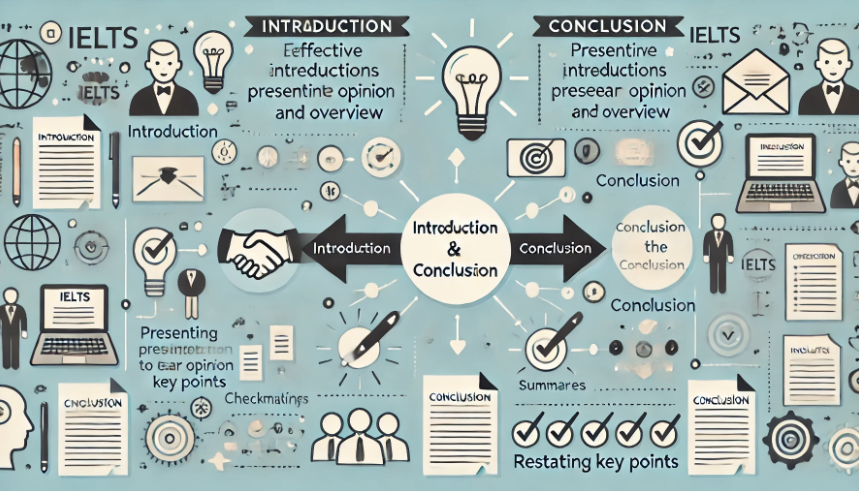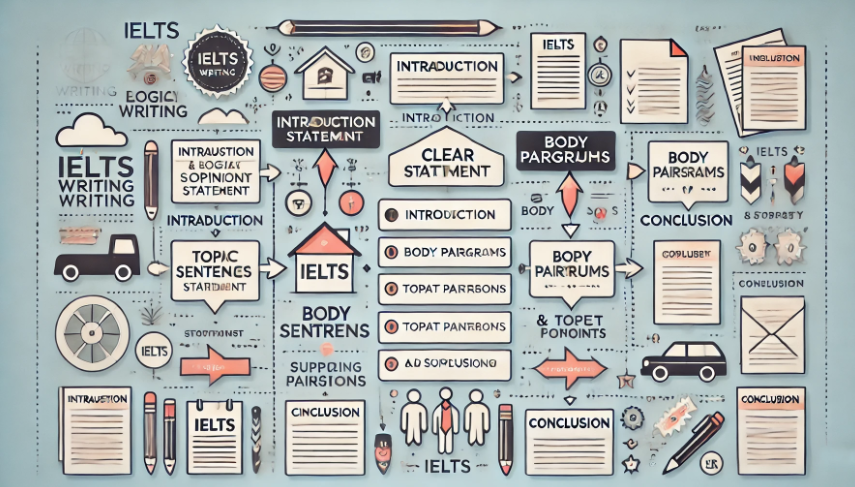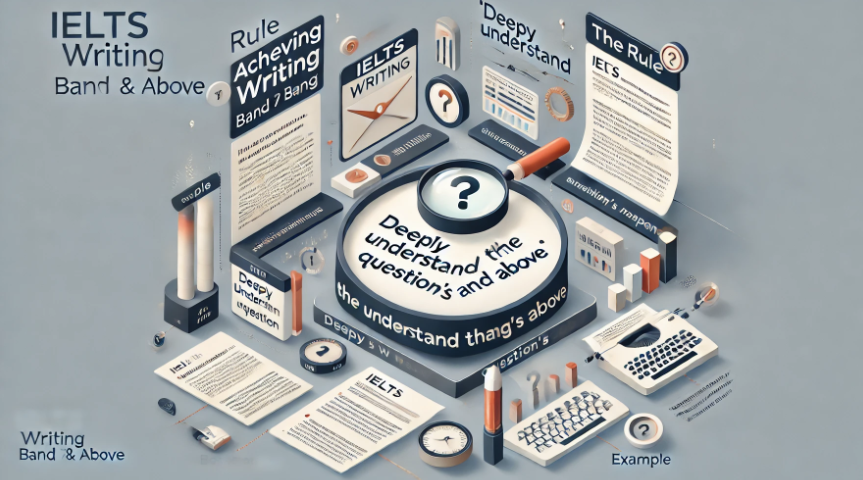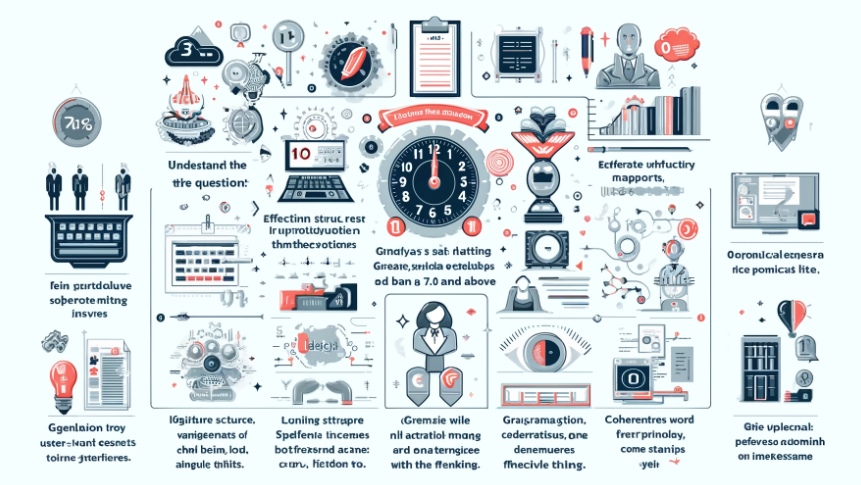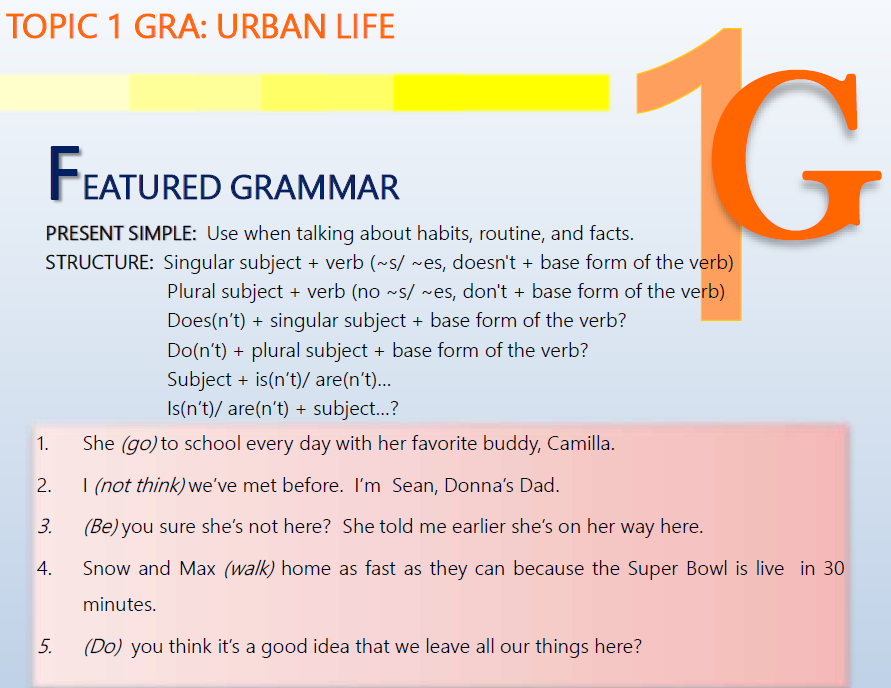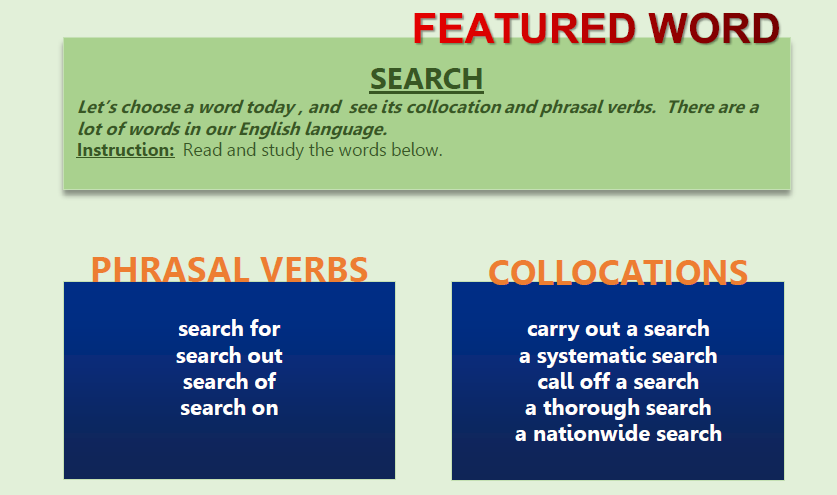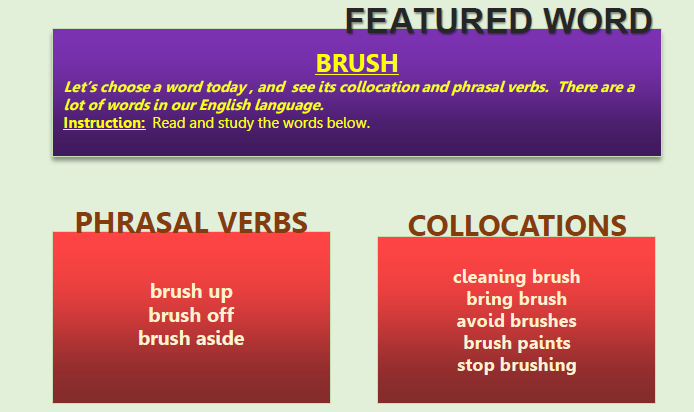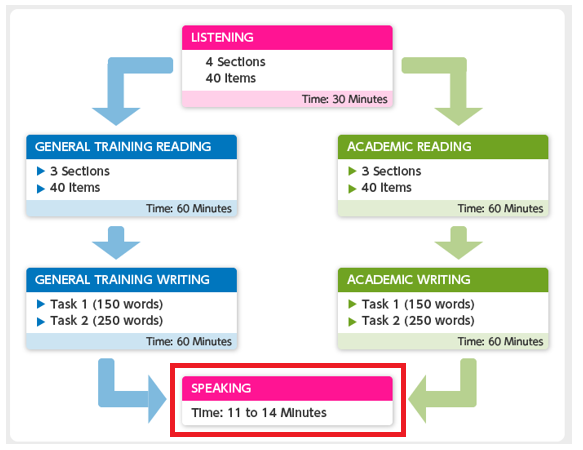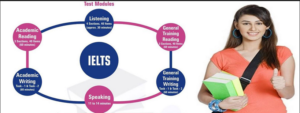IELTS スピーキング バンドスコア 7+対策法 語彙の豊富さ
Collocation / Phrasal Verb (6)
「 ARTWORK 」
IELTS スピーキングの採点基準「 Lexical Resource (Vocabulary) 語彙の豊富さ」で
高い評価を得るために、 Collocation / Phrasal Verb の習得が必須です。
● Collocation - 単語と単語のよく使われる組み合わせ
● Phrasal Verb - 「get up → 起きる」のように動詞と前置詞の組み合わせ
名詞 + 名詞 Collocations
以下3つの Collocation は 名詞 + 名詞 の組み合わせです。
例文と一緒に覚えましょう。
☑ Mobile application
He was able to set up a mobile application that helped many of our employees in their HR concerns. It became his big break.
☑Beauty community
The beauty community is expanding online. I see a lot of video uploads and the views are also remarkable.
☑ Coloring books
Coloring books and coloring apps are the new trends suggested to
cope with stress. There’s this study that it relaxes the mind and body.
試験で使える!Collocation / Phrasal Verb 「 ARTWORK 」
▮質問 1
Are you fond of going to museum?
サンプル回答
Yes, I’m fond of going to museums. I’d rather visit a museum than go to the mall or the beach. I have never been that good in art. I can’t paint or draw. But I am proud to say that I do take good photos, and I believe that’s still art. The headteacher in my high school saw my
potential and made me join a contest. If it wasn’t for her, I wouldn’t even appreciate my talent. Although I have to admit, I have to brush up my camera skills since I haven’t taken photos in so long. Anyway, I have only been to a few museums–just local ones. Although it is my dream to visit Louvre in Paris and Guggenheim in Spain. They have amazing artworks done by amazing artists. I’m mostly a fan of abstract and surrealist paintings. Among my favorite artists were Pablo Picasso and Salvador Dali. You can look at their paintings and be mesmerized for hours. I do wish I can visit a museum with their artworks. That would be such a dream come true.
◇◇◇ ◇◇◇ ◇◇◇ ◇◇◇ ◇◇◇ ◇◇◇ ◇◇◇ ◇◇◇ ◇◇◇ ◇◇◇ ◇◇◇ ◇◇◇
▮質問 2
Describe a painting that you admire.
You should say:
• what the painting is
• who painted the art
• where it is
• And what you think make it
special.
サンプル回答
One of the paintings that I admire was Girl Before a Mirror, which was painted by
Pablo Picasso–one of my favorite artists of all time. I remember seeing
it on an encyclopedia when I was still a kid. I was instantly drawn by the
colors, and the way it was painted. It wasn’t like the realistic paintings from the Renaissance era. It was almost cartoonish. I’m not so good at explaining painting techniques since I’m not a painter myself, but I can say that the painting is a play on humanity’s vanity–that our
reflections are different from what we perceive ourselves to be. Well, that’s my take on it. If it were true, I can’t help but remember the beauty community online and how so many
influencers brush off their true personalities and create a persona that everyone will love. I’m not generalizing, it has become prevalent and even people in the community itself admit it. I do love makeup myself and think that it’s also a form of art, but I think many have forgotten that. Anyway, I think Girl Before a Mirror is such a special painting not just because it’s one of Picasso’s most famous works but also because it’s still relevant decades after it has been made.
その他「ARTWORK 」関連したTOPIC WORD
● Creativity(創造性)
“Creativity is the key to producing unique and compelling artwork.”
「創造性は、独自で魅力的な作品を生み出す鍵です。」
● Expression(表現)
“Art is a powerful form of expression that conveys emotions and ideas.”
「芸術は感情やアイデアを伝える強力な表現手段です。」
● Medium(媒体)
“Choosing the right medium is crucial for the desired effect in artwork.”
「作品に望む効果を得るためには、適切な媒体を選ぶことが重要です。」
● Inspiration(インスピレーション)
“Nature often serves as a source of inspiration for artists.”
「自然はしばしば芸術家にとってインスピレーションの源となります。」
● Technique(技法)
“Mastering various techniques allows artists to create diverse forms of artwork.”
「さまざまな技法を習得することで、芸術家は多様な作品を作り出すことができます。」
● Aesthetics(美学)
“Aesthetics play a crucial role in how an artwork is perceived by its audience.”
「美学は作品が鑑賞者にどのように受け取られるかにおいて重要な役割を果たします。」
● Abstract(抽象)
“Abstract art allows for a wide range of interpretations and emotional responses.”
「抽象芸術は、幅広い解釈と感情的反応を可能にします。」
「Collocation / Phrasal Verb 」をインストラクターと一緒にレッスン!
